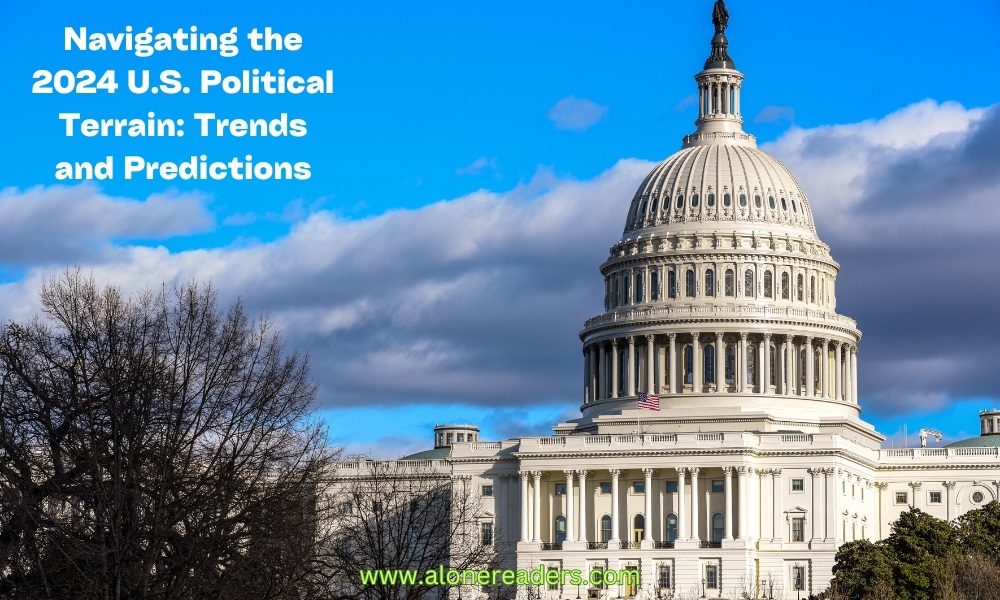
The political landscape of the United States in 2024 presents a complex tapestry, interwoven with evolving ideologies, emerging leaders, and pivotal issues that are reshaping the nation's future. In a time marked by rapid social and economic changes, understanding the current political climate is crucial for predicting future trends and preparing for upcoming elections.
Evolving Republican and Democratic Strategies
In 2024, the Republican and Democratic parties continue to be the mainstays of American politics, each adapting to changing demographics and societal norms. The Republican Party, traditionally known for its conservative stance, has seen a shift towards more populist policies, particularly in areas of immigration and trade. Meanwhile, the Democratic Party, historically associated with progressive and liberal policies, is increasingly focusing on issues like climate change, social justice, and healthcare reform.
The Impact of Emerging Voices
The rise of younger, more diverse politicians in both parties is reshaping the political narrative. These new voices are championing issues that resonate with younger voters, such as student debt relief, digital privacy, and the gig economy.
Economic Policies: From Trade to Technology
Economic policies remain at the forefront of political debates. Discussions around job creation, trade agreements, and the regulation of emerging technologies like AI and blockchain are dominating the political arena. The balance between promoting innovation and ensuring equitable economic growth is a key challenge for policymakers.
Social Issues: Healthcare, Education, and Gun Control
Healthcare reform continues to be a contentious issue, with debates centered around the affordability and accessibility of medical services. Education, another critical area, sees discussions on balancing the need for quality public education against the rising costs of higher education. Gun control remains a deeply divisive issue, reflecting broader cultural and ideological divides.
Social Media's Influence on Public Opinion
Social media platforms have become central to political campaigning and public discourse. They provide a direct channel for politicians to communicate with voters, but also raise concerns about misinformation, privacy, and the potential for foreign interference.
The Changing Landscape of News Media
Traditional news media is facing challenges from digital platforms. The way information is disseminated and consumed has changed, influencing how political narratives are formed and perceived by the public.
Election Security and Voting Rights
As the memory of election interference and voting irregularities in previous elections lingers, the integrity of the electoral process remains a top concern. Measures to ensure secure and fair elections, including combating misinformation and protecting voting rights, are crucial topics.
Redistricting and the Battle for Congressional Seats
The redistricting process following the 2020 census has led to significant changes in the political map. These changes could play a decisive role in upcoming elections, affecting the balance of power in Congress.
Navigating International Relations
The U.S. approach to foreign policy continues to evolve, with a focus on balancing international trade, maintaining global alliances, and addressing international conflicts and humanitarian crises.
Conclusion: Looking Towards the Future
The U.S. political landscape in 2024 is a reflection of a nation in transition. As the country grapples with internal challenges and its role on the global stage, the actions taken by its leaders and citizens will shape not only the immediate future but also the long-term trajectory of the nation.